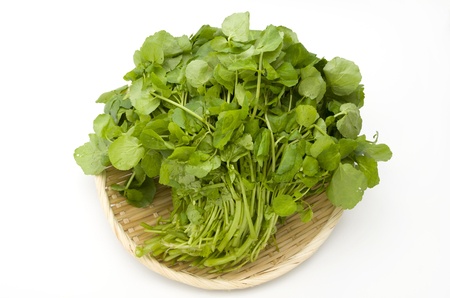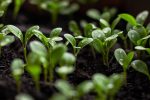
Watercress might not be on everybody’s list when it comes to looking for a plant that helps to detoxify environmental pollutants, but there is a story here.
The plant itself is a member of the nasturtium genus so it’s related to the rather more colourful flowering plants we often see on the Balearics or other hot climates. The species is Nasturtium officinale. Other common names include wasserkresse or Brunnenkresse (German), cresson de fontaine, cresson officinale and cresson d’eu (France).
Back in 2014, nutritionists decided watercress was the healthiest food in the fruits and vegetable category. It has always been a popular foodstuff and even in popular medicine is seen as urgent metabolic fuel and is recommended for part of the all important spring detoxification regimen as well as for skin cleansing.
It has often been thought of as a plant cleansed from the inside; the skin texture would mend itself and then improve further, and that wrinkle formation would disappear or at least decrease in severity. Whilst these are relatively unspecific claims, there is more and more support for this plant in helping us combat the aging influences of pollution. One study has shown that an intake of watercress extract among smokers leads to considerably lower levels of damage from toxins in cigarette smoke.
The detoxifying effect of watercress is predominantly ascribed to a group of compounds called isothiocyanates which are found in dry preparations from watercress. The isothiocyanates are well known to activate specific phase I and II enzymes which are involved in supporting the endogenous detoxification machinery found in skin cells (Rose et al., 2000). In other words they give the whole process a kick start ! It’s worth noting that we find these compounds in other plants like wasabi and horseradish and we all know about the pungent kick they give us in the nose.
High hydrostatic pressure has been used to extract antioxidants from watercress (Pinela et al., 2018).
From this perspective, a watercress extract represents an efficient cosmetic anti-pollution strategy. The extract offers not only protection from toxins contained in tobacco, but also against other environmental pollutants (Yuan et al., 2016). Consequently, not only smokers and passive smokers but all of us living in urban settings cane afford to make use of this plant’s protective powers.

Leave a Reply